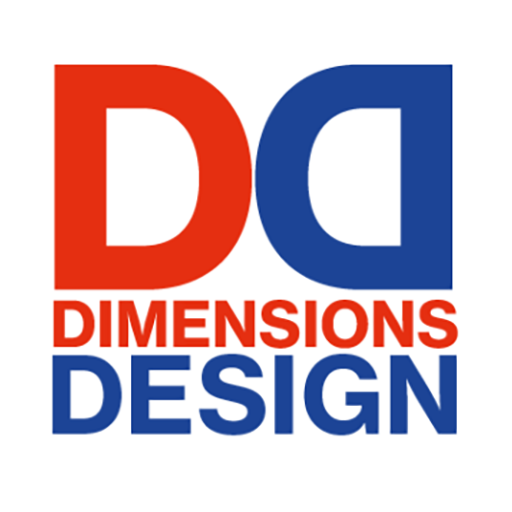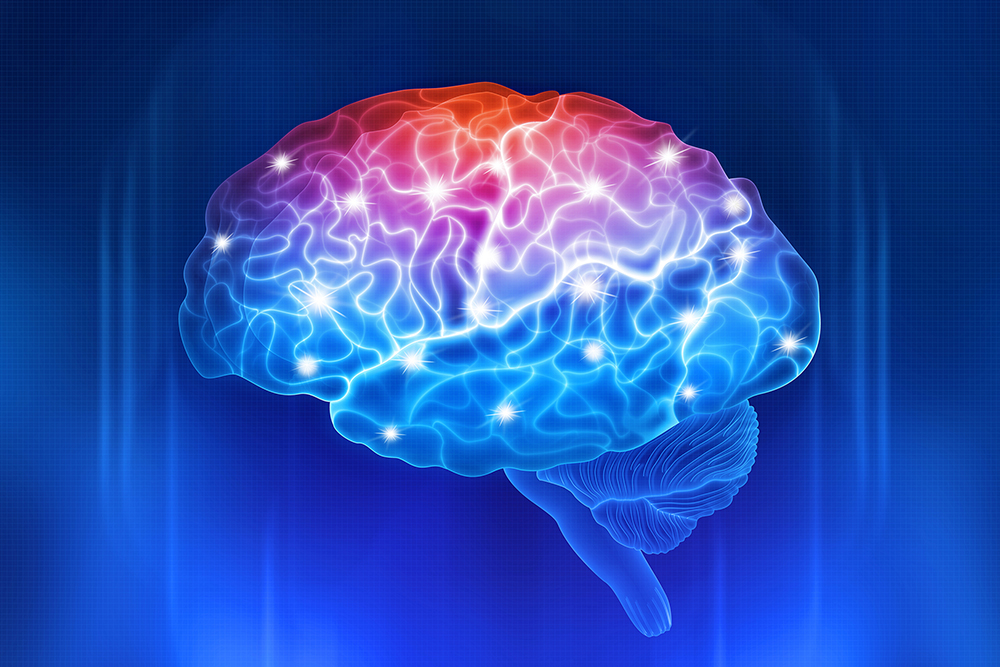AI in graphic design
Artificial Intelligence (AI) has been making significant advancements in various industries and has been revolutionizing the way we work and live. The graphic design industry is no exception and has been greatly impacted by the emergence of AI technology. AI has opened up new opportunities for designers and has allowed them to create visually stunning designs with ease and efficiency.
Graphic design has always been a time-consuming and tedious process, with designers spending hours creating and editing designs manually. However, with the introduction of AI, designers can now create and edit designs quickly and effortlessly. AI algorithms can analyze images and patterns, and automatically generate designs based on the parameters set by the designer. This has greatly reduced the time it takes to complete a project and has allowed designers to focus on more creative aspects of the job.
One of the major advantages of AI in graphic design is the ability to generate designs at scale. With AI, designers can produce a large number of designs in a short amount of time, making it easier to produce designs for multiple projects or clients simultaneously. This has greatly increased productivity and has allowed graphic design agencies to take on more work and clients, resulting in increased revenue and growth.
Another advantage of AI in graphic design is the ability to create designs that are not possible with traditional design tools. AI algorithms can create complex and intricate designs that would otherwise be difficult to achieve manually. This has opened up new avenues for creativity and has allowed designers to push the boundaries of what is possible in graphic design.
AI has also made it easier for designers to collaborate with clients and colleagues. With AI, designers can easily share and exchange ideas, designs, and feedback in real-time. This has greatly improved communication and has allowed designers to work more efficiently and effectively.
However, despite the many benefits of AI in graphic design, there are also concerns about its impact on the industry. Some designers worry that AI will eventually replace human designers and lead to job losses. While it is true that AI can automate many of the repetitive and time-consuming tasks involved in graphic design, it is unlikely that it will completely replace human designers. AI is still in its infancy and lacks the creativity and intuition that is essential for good design. Human designers still play a critical role in creating designs that are aesthetically pleasing and meaningful.
In conclusion, AI has had a significant impact on the graphic design industry and has greatly improved the way designers work. AI has made it easier for designers to create stunning designs, increased productivity, and opened up new avenues for creativity. However, it is important to remember that AI is still in its early stages and that human designers still play a critical role in the industry. As AI continues to evolve, it will likely become an increasingly important tool for graphic designers, but it is unlikely to replace human designers entirely.


